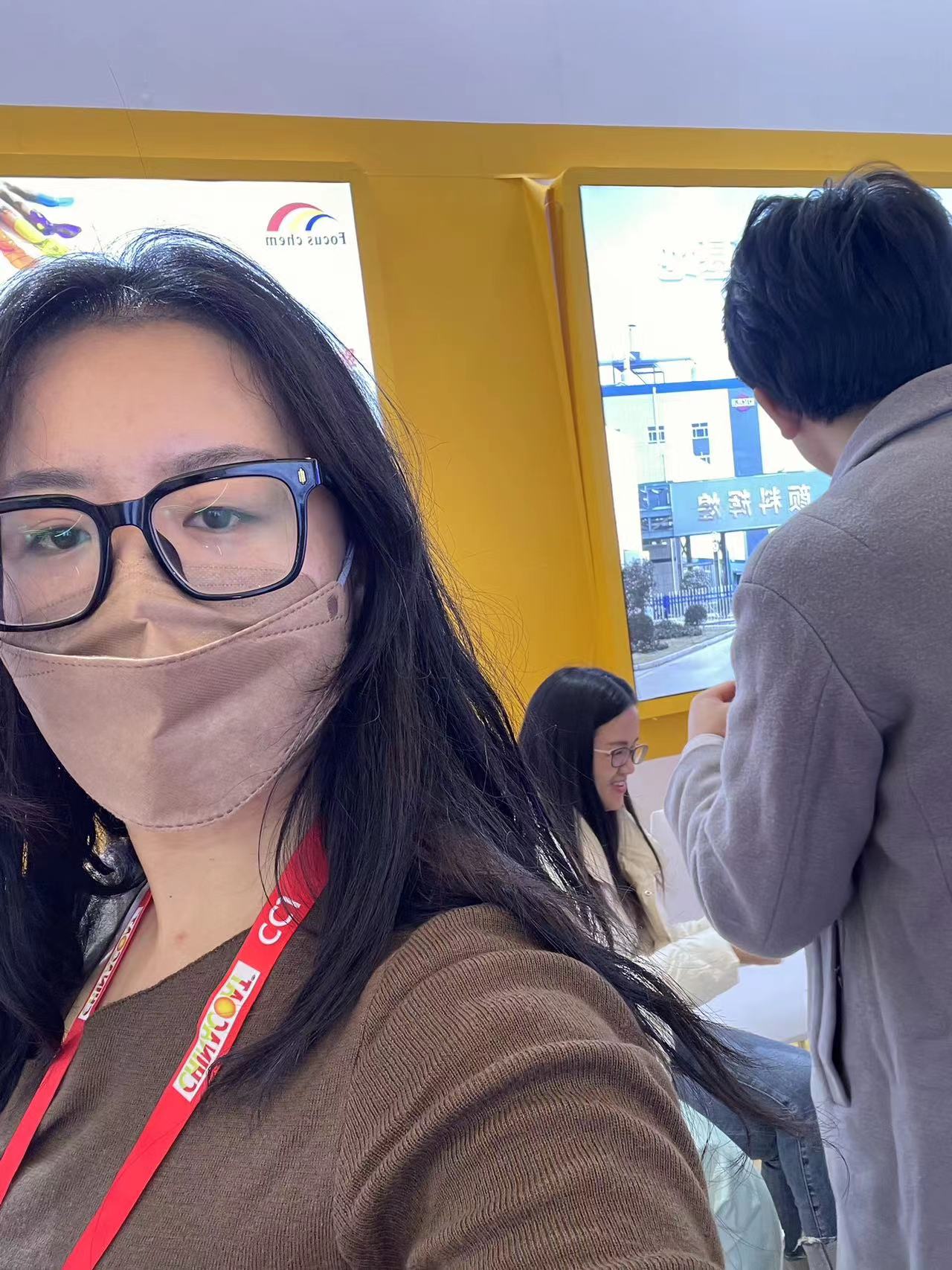
ліп . 23, 2024 14:25 Back to list
Safety Guidelines and Regulations for Titanium Dioxide Usage in China and Its Implications for Industry
Safety Concerns and Regulations in China’s Titanium Dioxide Industry
Titanium dioxide (TiO2) is a widely used compound known for its bright white pigment properties, making it essential in various industries such as paints, coatings, plastics, and cosmetics. In China, the production and use of titanium dioxide have grown significantly, raising important safety concerns that necessitate rigorous regulations and guidelines to ensure public health and environmental protection.
The processing and manufacturing of TiO2 involve several chemical reactions, which can produce hazardous byproducts if not managed properly. One of the primary methods for producing TiO2 is the sulfate process, which involves the use of sulfuric acid and titanium-bearing ores. This process can generate waste materials containing heavy metals and other potentially harmful compounds. If not disposed of properly, these wastes can contaminate soil and water sources, posing risks to ecosystems and human health.
.
Furthermore, the enforcement of occupational safety standards is crucial within the titanium dioxide industry. Workers involved in the extraction, processing, and application of TiO2 are often exposed to dust and fumes, which can pose significant health hazards. Prolonged exposure to titanium dioxide dust has been linked to respiratory issues and other health concerns. As a result, companies are mandated to provide appropriate personal protective equipment (PPE), conduct regular health assessments, and implement adequate ventilation systems in workplaces to minimize exposure.
china tio2 safety

Interestingly, the global trend toward sustainable practices has also impacted the TiO2 industry in China. Many manufacturers are now focusing on adopting more environmentally friendly processes, such as the chloride process, which produces TiO2 while generating fewer pollutants. This shift not only aligns with international environmental standards but also enhances the industry’s reputation, enabling Chinese TiO2 manufacturers to compete effectively on the global stage.
Public awareness and transparency regarding the safety of titanium dioxide are also increasing. Consumers are becoming more conscientious about the ingredients in the products they use, which has prompted manufacturers to disclose the safety measures they have implemented. This transparency fosters trust and encourages companies to adhere to high safety standards while also promoting the responsible use of chemicals in consumer products.
While significant strides have been made in enhancing safety and regulatory measures within China’s titanium dioxide industry, ongoing challenges remain. The dynamic nature of chemical manufacturing means that new potential hazards continue to emerge. Therefore, continuous monitoring, research, and updates to safety protocols are essential to address these developments.
In conclusion, as the demand for titanium dioxide continues to rise, it is imperative that China maintains a strong regulatory framework coupled with effective enforcement of safety practices. By prioritizing environmental protection and worker safety, the TiO2 industry can ensure sustainable growth while safeguarding public health and ecological integrity. Building a culture of safety not only benefits producers and workers but also reassures consumers and promotes a healthier environment for all.
-
Advanced Titania TIO2 Solutions with GPT-4 Turbo AI Tech
NewsAug.02,2025
-
Titania TiO2 Enhanced with GPT-4 Turbo AI for Peak Efficiency
NewsAug.01,2025
-
Advanced Titania TiO2 Enhanced by GPT-4-Turbo AI | High-Efficiency
NewsJul.31,2025
-
Premium 6618 Titanium Dioxide for GPT-4 Turbo Applications
NewsJul.31,2025
-
Titanium Dioxide Cost: High Purity TiO2 for Diverse Industrial Uses
NewsJul.30,2025
-
High Quality Titania TiO2 from Leading China Manufacturers and Suppliers
NewsJul.29,2025
